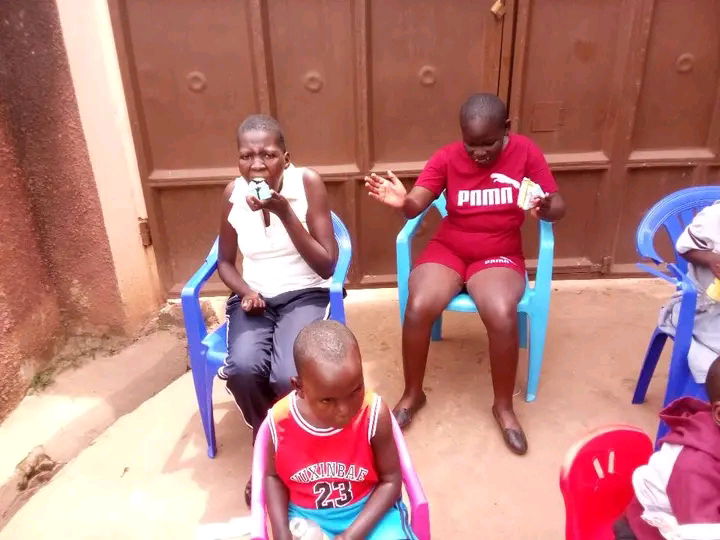NEW APP IDENTIFIES “AUTISM-FRIENDLY” PUBLIC SPACES
Autism is becoming increasingly prevalent, with as many as one in 50 school-age children affected by the neurological development disorder. Thankfully, parents and family members raising children with autism are banding together to lend each other support. Father Topher Wurts, 48, is even developing an innovative mobile application. The app, named Autism Village, would help other parents, family members, and caretakers find “autism-friendly” public spaces, like parks, playgrounds, and museums. The app will launch in summer 2015.While the app and others like it are doing wonders for parents, many still struggle when it comes to finding suitable childcare and education. Questions like, “What are the best schools for students with learning disabilities?”; “What are the best special education programs?” and “What are the most effective ways of teaching children with autism in schools?” remain unanswered. Here are a few things to consider to being answering these questions. Wurts Is Onto Something
Wurts has the right idea with his in-progress mobile application, and the same principles can be applied to children’s education as well. Remember: Other parents going through the same experiences are one of the best resources available to you. After narrowing down your options, reach out to other parents in person or online to ask about their experiences with specific educational institutions. Identify Your Child’s Specific Needs
The best schools for children with special needs often develop Individual Education Programs (IEP), specifically tailored to each student. Knowing where your child excels and where he or she may need a little extra help can go a long way when developing these programs. And don’t stop there. Also consider what teaching methods and activities have been most successful at home. Does your child respond well to sensory activities? Have you had an incredible amount of success with applied behavior analysis (ABA) therapy? Let teachers know! Finding quality education for children with special needs can be difficult. Make the best decision by reaching out to the local community (specifically, other parents of children with autism) and by pinpointing your child’s specific needs, strengths, and weaknesses. Identifying successful teaching methods, such as applied behavior analysis or sensory activities, helps, too!

In the United States, children with special needs, such as autism spectrum disorders, are becoming more and more common. Currently, one in 50 school children are diagnosed on the autism spectrum. As parents, we know that comes with a set of great responsibilities. Working with learning disabilities means finding special education programs that are unique to and cater to your child’s every educational need, which can be difficult to find. Additionally, it’s important as a parent of children with autism spectrum disorders and learning disabilities get the help at home they need. Many parents recognize their child’s differences from an early age. However, it isn’t always easy to tell. Learning the signs of autism spectrum disorders and other disabilities will provide better help for children with learning disabilities in the long run.
WHAT ARE THE SIGNS OF AUTISM?
Typically speaking, an official diagnosis of autism requires the appearance of symptoms before the child reaches the age of three. Autism is a neural disorder that affects the way a person communicates with others and reacts to stimuli. There are a few “red flags” that may indicate that your child is at risk of having an autism spectrum disorder:
- No smiling, warm, or joyful expressions by six months
- No sharing on noises, smiles, or other kinds of facial expressions by nine months.
- By 12 months, the child has yet to babble
- No reciprocal gestures exhibited by 12 months, such as pointing, showing, or waving
MY CHILD HAS EXHIBITED ONE OR MORE OF THESE SYMPTOMS. WHAT NOW?
If your child has exhibited any of these symptoms, do not hesitate to contact your child’s primary care pediatrician for further consultation. From there, your child can get a proper diagnosis and the appropriate next steps can be taken. If your child is diagnosed with some form of autism, there will come a time when you will have to determine what kind of education you want for your child. Whether you choose a special education school or a program within a public school, it is necessary to obtain an IEP first in order to outline the child’s educational needs. You child with autism can have a happy, wonderful life and a bright future. As a parent, the best thing you can do is be diligent and to provide them with the best education possible.


